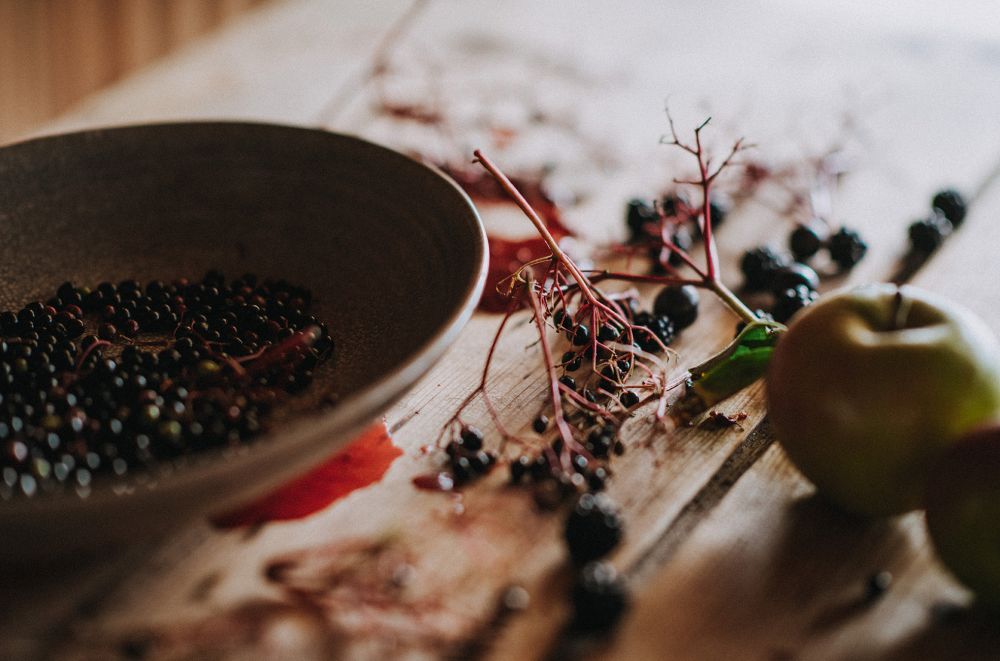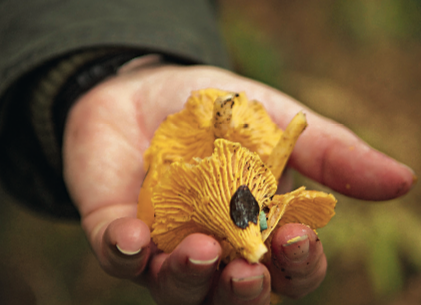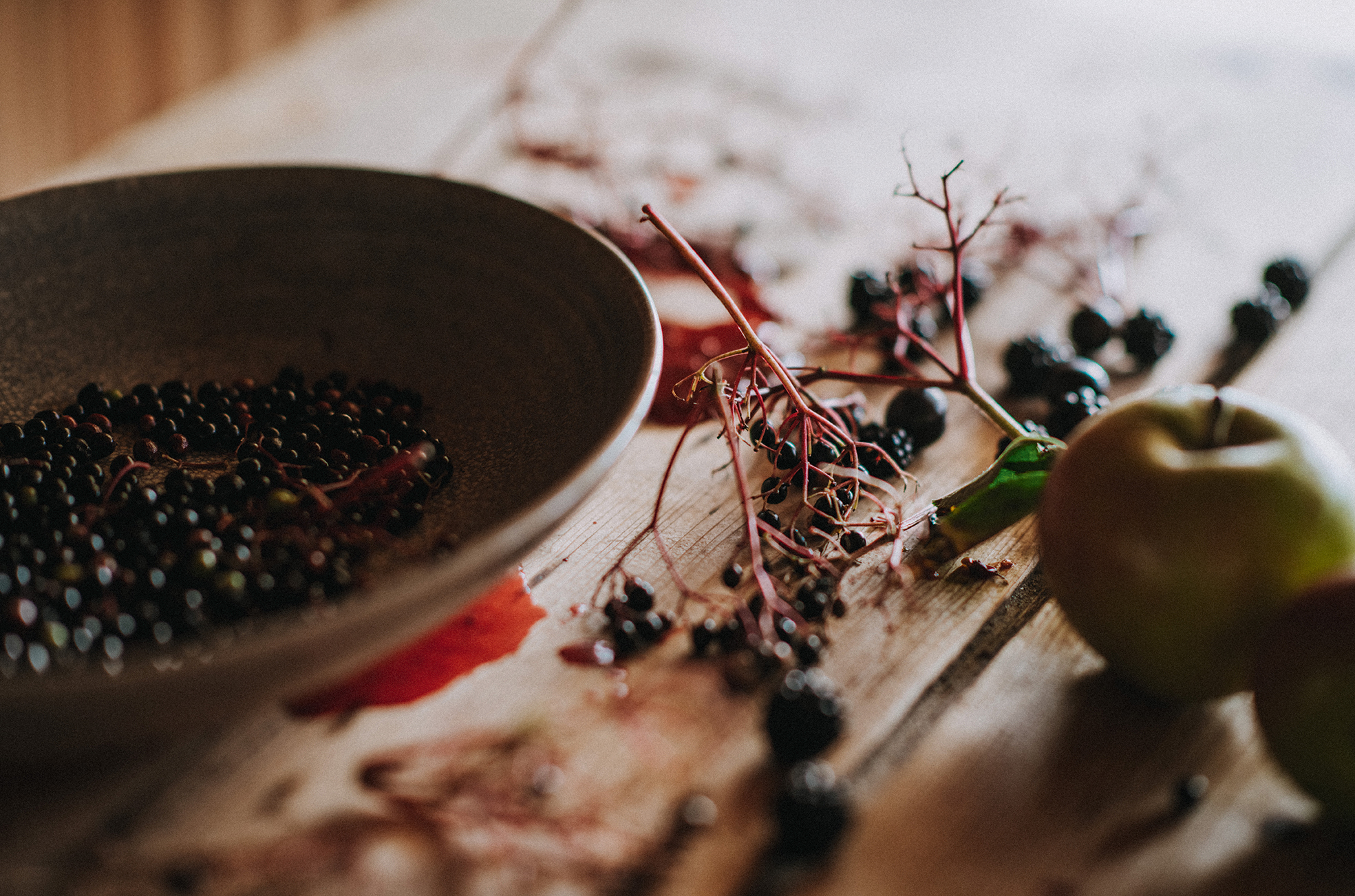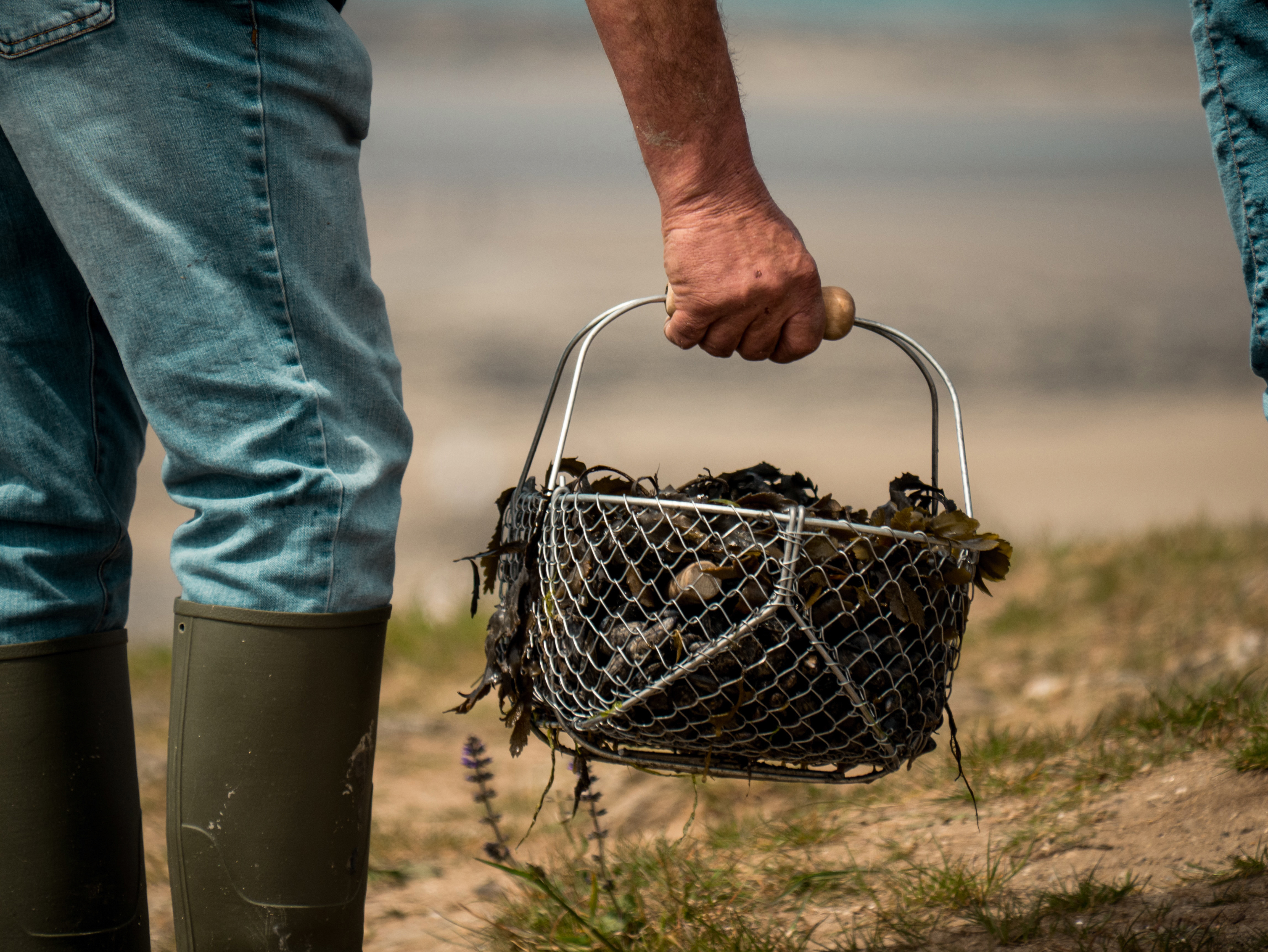A beginner's guide to foraging for wild ingredients - Europe
From its woodlands, to its downs, by the coast and even in cities, Britain’s natural larder is a forager’s paradise. Imogen Lepere pulls on her wellies to sniff out its edible treasures

From its woodlands, to its downs, by the coast and even in cities, Britain’s natural larder is a forager’s paradise. Imogen Lepere pulls on her wellies to sniff out its edible treasures
Delicious, intriguing and sometimes deadly, mushrooms are the femmes fatales of the natural world. The UK is home to around 15,000 species of fungi – which include truffles – and edible mushrooms are found year-round. But October is the peak season. This month you can find pillowy puffballs, the blood-red beefsteak variety, which resemble raw meat, curvaceous hedgehog mushrooms, whose bases conceal soft spines, and meadow wax caps with apricot domes that work well in pickles.
The secret to finding them is knowing where to look. River Cottage foraging expert John Wright explains: ‘Mushrooms are perennial and their networks of mycelium spread underground. If you plough a field you disturb them, which is why the West Country is so good for foraging: Devon, Somerset and Dorset have rolling downs that are difficult to plough and are therefore left as lush pasture, ideal for many types of mushroom.’ Puffballs, for example are particularly prevalent.
October is also an excellent time for gourmand favourites such as willowy chanterelles (or girolles) and winter chanterelles, which tend to be more abundant than their summer equivalent, and are darker in colour. The New Forest’s mix of ancient woodland and pine plantation is blessed with both, while delicious ceps or porcini (also affectionately known as ‘penny buns’ thanks to their spongy quality) favour deciduous trees such as mature oak. ‘Birch and beech forests are also excellent hosts for porcinis,’ Wright adds.
Sweeter and milder than their continental cousins, British truffles are now becoming increasingly fashionable in Michelin-starred kitchens. Our two most abundant varieties are the warty, misshapen Tuber aestivum (summer truffle) and its smaller, smoother and tastier cousin, Tuber unicatum (winter truffle), which matures around October.
‘Black gold’ foragers are notoriously secretive about their spots, partly for financial reasons (British truffles are currently worth around £100 for 80g) but also to protect delicate habitats. Fungi have a symbiotic relationship with trees – covering the roots with web-like mycelium that provides minerals and water in return for starches – so removing them en masse can upset this critical balance. In 2014, gangs of commercial foragers went about stripping Epping Forest of its fungi to sell to restaurants and markets, which led to the introduction of a permit-only policy.
However, foraging with an expert who understands how to protect the habitat for future seasons, and takes you to little-visited spots, is a fulfilling experience. Nick Weston, from foraging school Hunter Gather Cook, says: ‘Truffles need calcareous soil types like chalk and limestone, so Dorset, Wiltshire, Hampshire and Sussex are all good bets. Uplands like Sussex’s South Downs are ideal: look out for beech, hazel and hawthorn trees, as truffles tend to grow beneath them.’
If you get lucky, clean your truffles with a toothbrush and store them in risotto rice in the fridge. This preserves them for up to two weeks.

One of the answers to Monty Python’s famous question ‘What have the Romans ever done for us?’ – aside from the roads, medicine and education, of course – is the introduction of walnuts and sweet chestnuts to British soil, both of which ripen in October. According to John Wright, sweet chestnuts in the south of Britain tend to be bigger as they originated in Asia Minor and so prefer the warmer climate. ‘Mature chestnut trees towards the edge of woodland areas tend to yield large and flavoursome nuts,’ he explains.
While leafy greens in most of the UK are past their best in October, they thrive in cities like Bristol and Manchester during this month. ‘Big cities have their own microclimates with extended growing seasons,’ says John Rensten of London Foraging. ‘For example, in London lots of salad plants have a sort of second flush in autumn. Cow parsley (or wild chervil), mallow, yarrow, dandelion roots and white dead nettle all have another go, thinking it’s spring time.’
While the idea of wild food and urban living seems incongruous, cities are diverse places to forage thanks to their mix of wild, native and foreign plants. ‘You often find hundreds of species in one square mile in a big city,’ says Rensten. ‘I’ve run urban foraging walks where I’ve barely managed to leave the car park as there’s so much to see. In Tower Hamlets Cemetery, you can spot up to 30 species in a single step.’
When John Keats described autumn as a season of ‘mellow fruitfulness’ he could have been thinking of South Wales, which, according to Adele Nozedar of Brecon Beacons Foraging, is a trove of tree fruit such as damsons, haws and elderberries in October. Crab apples and sloes, the inky-skinned fruits of the hawthorn tree that go so well with gin, tend to thrive in counties with ancient hedgerows, and these are more abundant in south England and South Wales, thanks to local farming systems.
The flatter, more central regions of the UK operated under an open-field system of farming throughout the Middle Ages, with hedgerows removed to create arable land. Having been replanted, the hedgerows here are less mature than elsewhere, and offer a smaller yield.

Most people tend to view seaweed as an annoyance, but get to know your stuff and every trip to the beach will be a chance to stock up on a highly nutritious, free and flavoursome food source: wherever there’s a rock-clad shore, you’ll be sure to come upon the delectable, edible water-borne algae.
A key source of nutrients in Ireland during the potato famine of 1840, red dulse (dillisk) is still deliciously in season in October on the Irish and Scottish coasts. Fans champion its smoky taste, which is reminiscent of bacon when fried. Jayson Byles, of East Neuk Seaweed, favours the East Neuk of Fife for coastal foraging because the mixture of sandy and rocky terrain, and excellent water quality, make it ideal for seaweed. Foraging seaweed and sea lettuce is much dictated by the moon and the tides. ‘A big tidal range contributes to a healthier seaweed crop. It brings with it a good nutrient flow and also helps with access to seaweed beds during spring and neap tides,’ says Byles. To help keep those beds sustainable, spread your harvest: only cut away the top third of the seaweed, taking smaller amounts from a broader area rather than just one spot.
In the mood for something meatier? Slipper limpets, which live in creamy shells with orange splodges, were accidentally introduced to the UK from North America with a shipment of oysters in the 19th century. They have spread around southern England and Wales as far north as Anglesey on the west coast and Spurn Point on the east. Their dominating presence threatens local shellfish, so fry them up with lashings of garlic butter – you’ll be helping to protect native species as well as enjoying a tasty meal.
Equally delicious are cockles and winkles. Lucia Stewart of The Wild Kitchen in Kent says: ‘Cockles are essentially the British version of clams. They live a few inches below the sand, so the best way to gather them is by raking and then clawing them up with your hands. Winkles can simply be swept up with a dust pan and brush. The ideal size is similar to a ten-pence piece.’
Although many coastal plants – sea beets and samphire, in particular – are past their best for leafy growth in October, it’s an excellent time to collect seeds, which can be used as wild spices. Scottish forager and ethnobotanist Monica Wilde recommends rock samphire and Scots lovage, which grow on craggy cliffs throughout the UK and have particularly pungent seeds. ‘They’re in the same family as coriander and fennel, and can be used in much the same way,’ she says.
‘Something else to look for are the orange berries of sea buckthorn, which grows particularly abundantly on Scotland’s east coast. Combined with a little sugar, sea buckthorn adds a citrusy- sharp taste to cocktails and desserts. It’s also incredibly high in vitamin C and antioxidants – just below that of the acai berry – and it doesn’t have to be flown in from the Amazon.’

Subscribe and view full print editions online... Subscribe